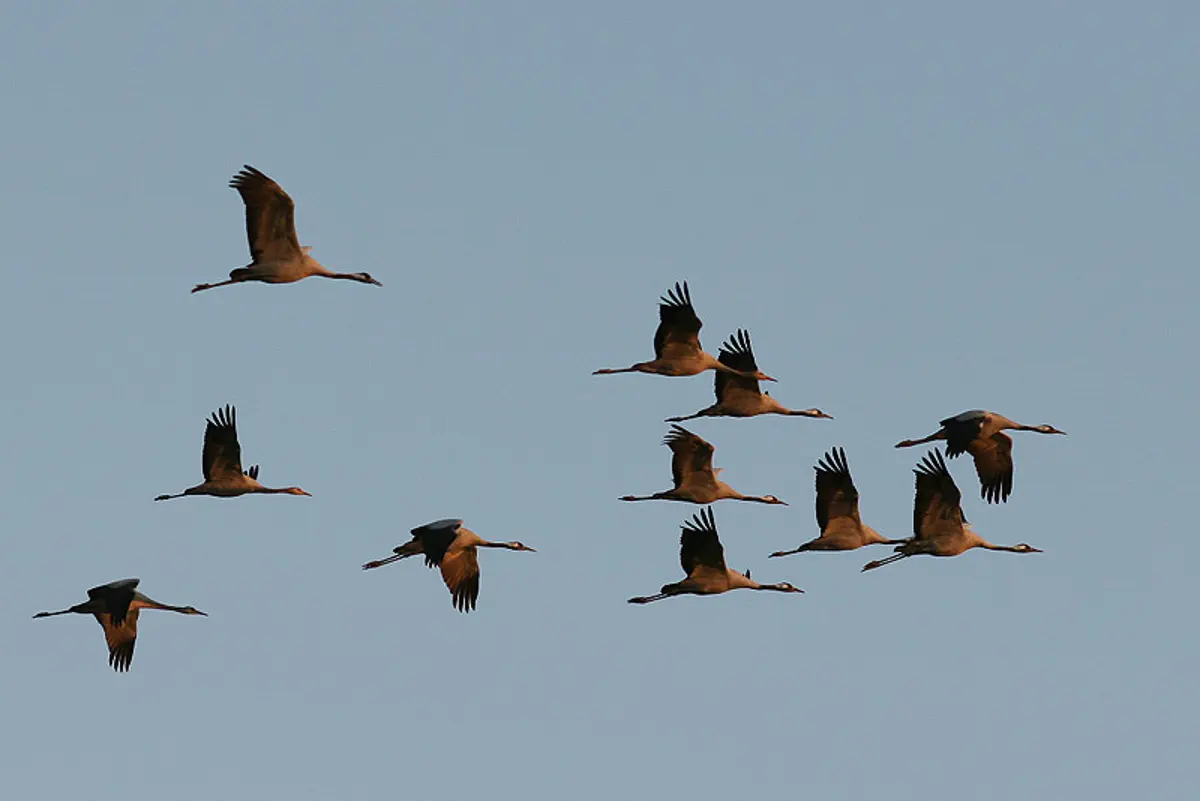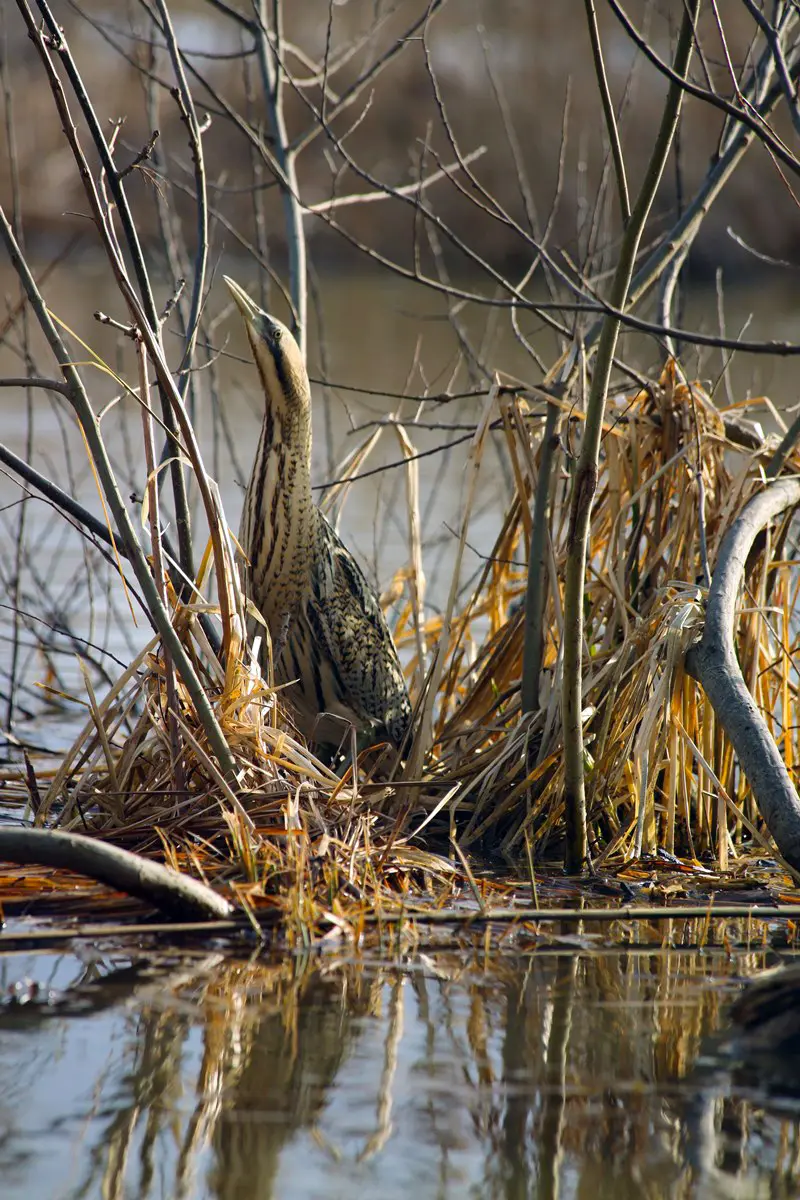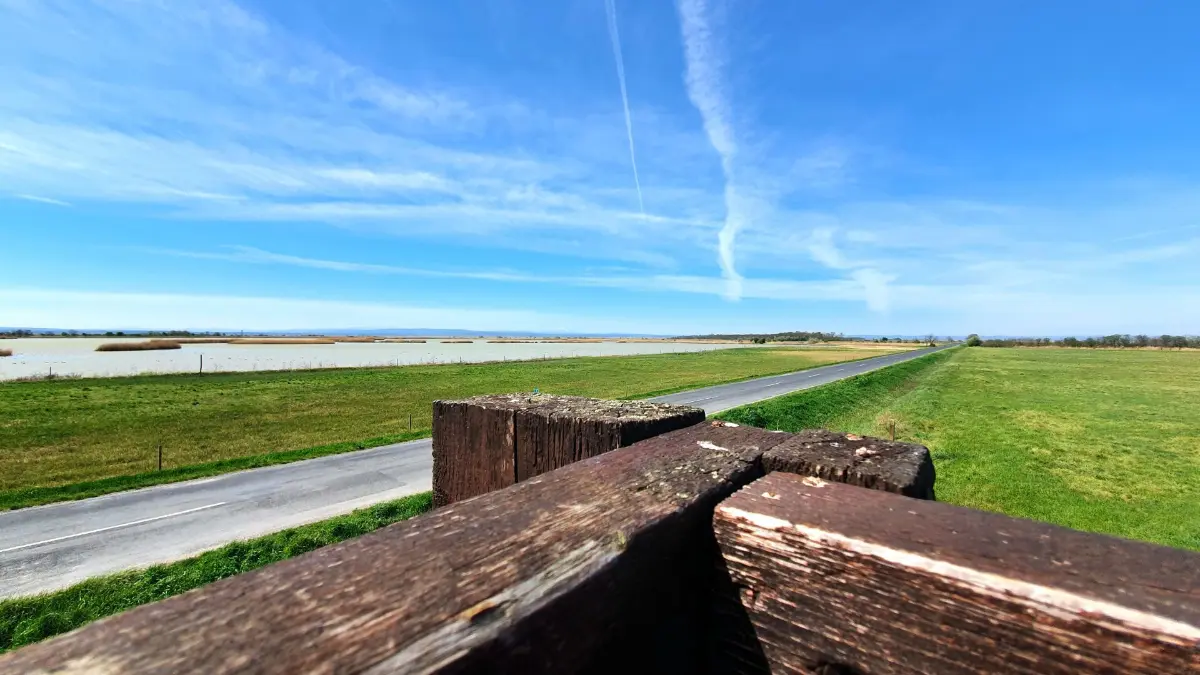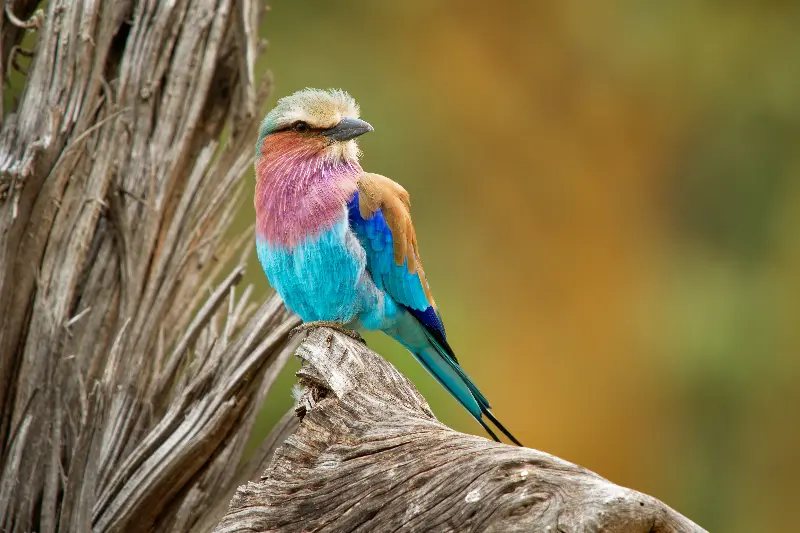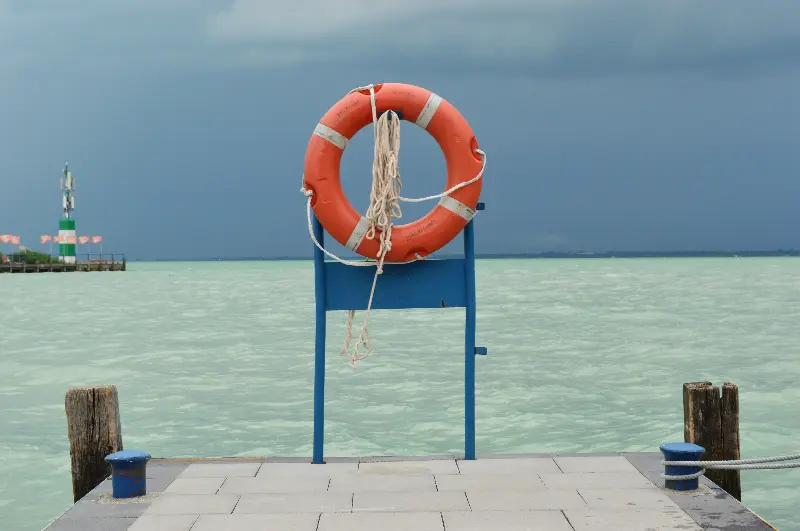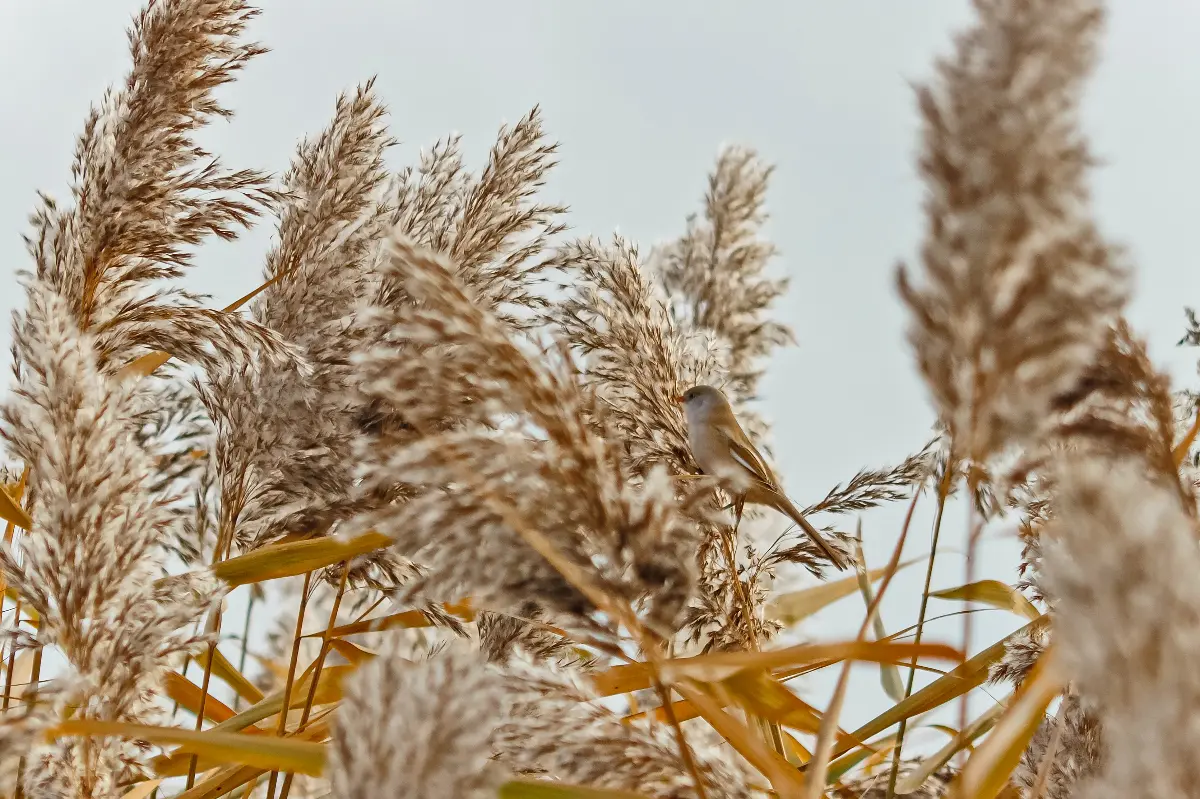
Helyszín címkék:
Birdwatching in the cold months
Hype&Hyper
Birdwatching tower at Lake Fertő
Mekszikópuszta is located in the north-western part of Hungary, near Fertőújlak, named after the tragic Archduke Miksa Habsburg – who was executed in Mexico in 1867 – by the Esterházy family, who owned this farmstead. The saline lakes seen here have disappeared due to former drainage and lake regulation, but the Fertő-Hanság National Park’s habitat reconstruction programme has succeeded in restoring the former landscape, which is rich in flora and fauna. From the Borsod-Dűlő birdwatching tower, you can get a close-up view of the rich bird life of the landscape, and the Sopron and Lajta mountains can also be seen on the horizon. The saline water surface is suitable for nesting, feeding and resting for many species. Among the nesting birds, you can see avocets, Black-winged Stilts, Black-headed gulls and Mediterranean gulls.
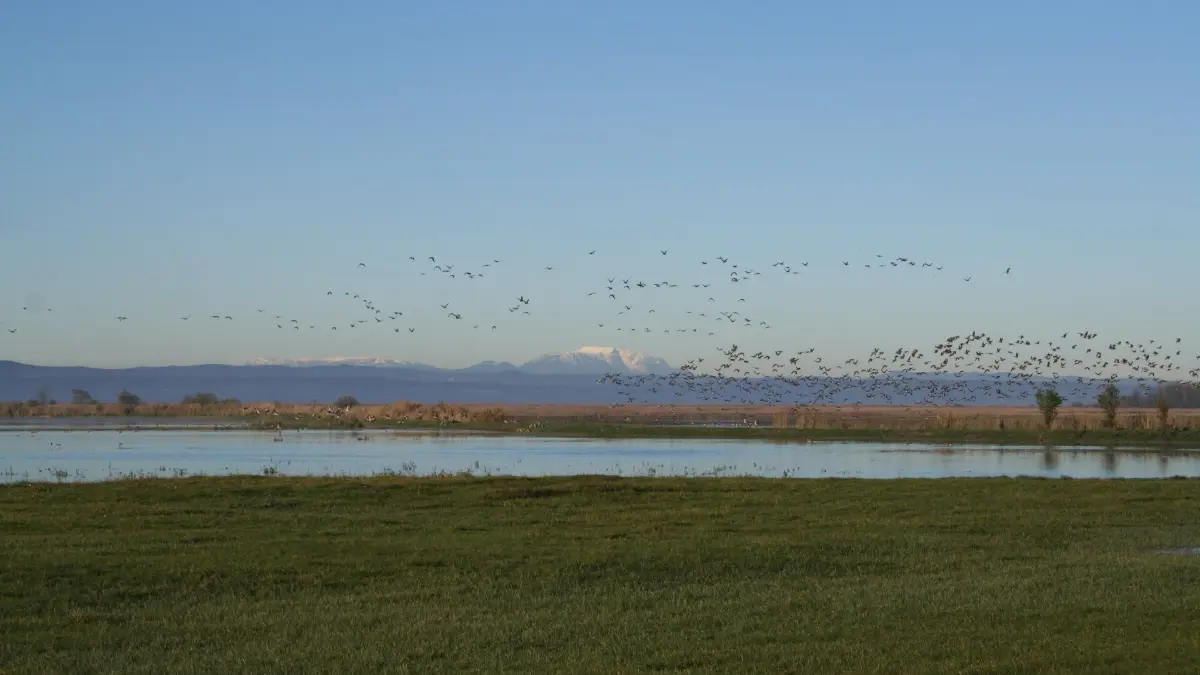
Birdwatching around Lake Balaton
There are several birdwatching towers along Lake Balaton. The covered birdwatching tower in Csopak, also suitable as a birdlife observatory, can also be used as a star observatory, hence the name “Csillagvárta” (“Stargazing”). The 4.6 metre high wooden structure was designed to blend in with the surrounding landscape and to be made of natural materials. From the birdwatching tower, you can see the reeds and the lake towards Paloznak and Alsóörs. It is near Alsóörs and at Balatongyörök that cormorants tend to congregate in large numbers in winter, staying in Lake Balaton until it freezes over – as they eat the fish living in the lake. In the cold months, however, birds generally prefer the south coast as it is easier to reach food in shallow water. At the same time, the Keszthely Bay usually has bird groups of large numbers. The 9.1 m high Csicsergő Peninsula Lookout in Balatonberény is close by, from where you can see the northern coast’s witness mountains, Badacsony and the hills of Fonyód, as well as Keszthely Bay on a clear day.
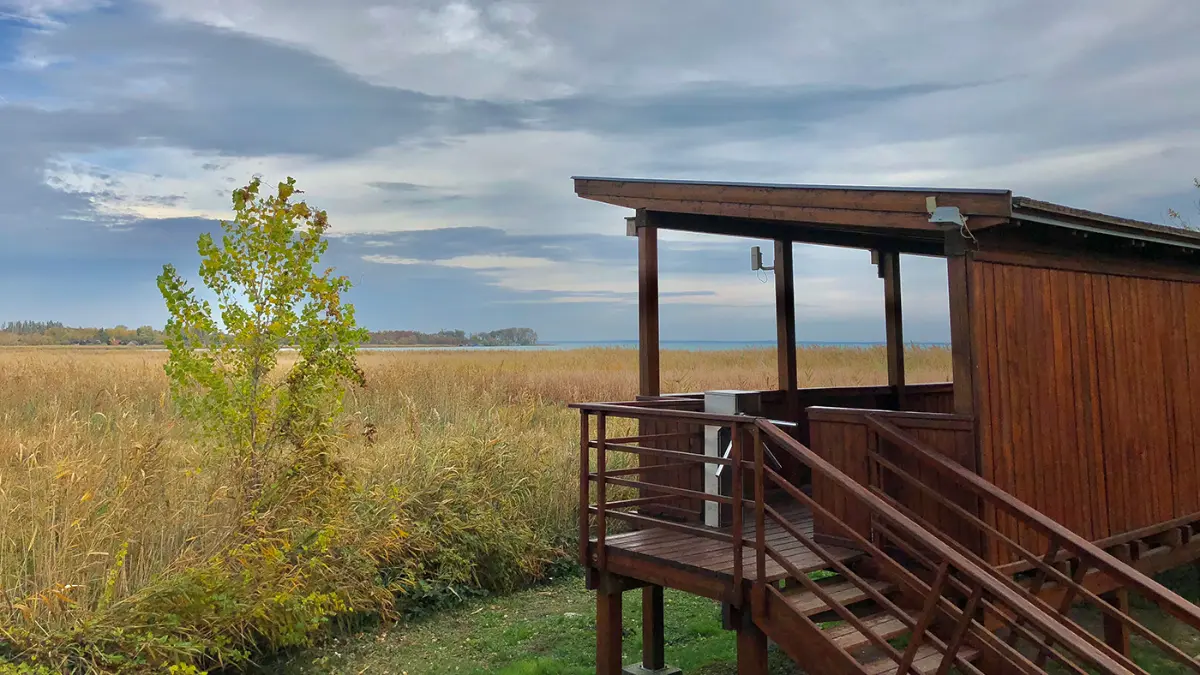
Birdwatching on Kányavári Island
Kányavári Island is the only area of Little Lake Balaton that is open to visitors all year round and one of the most popular birdwatching sites in Hungary. The path to the small island leads over a special wooden bridge, where you can walk along the Búbos Vöcsök (‘Great crested grebe’) nature trail, learning about the flora and fauna of the area – there are signs describing the birds of Little Lake Balaton, but you can also spot some waterfowl while walking along the trail, and in the middle of the island there is a wooden, multi-storey birdwatching shelter.

The inhabitants of the Gemenc Forest
The largest floodplain forest in Hungary is not only famous for its large game; besides deer and wild boar, the most common animals include white-tailed eagles, saker falcons, lesser spotted eagles, black storks and grey herons. Birdwatching is also possible here on a number of hiking trails, which can be explored on foot, by bike or on our country’s only flow field forest narrow gauge railway, although the latter is not usually ventured too close by our winged friends. The walking tours start from the Ecotourism Centre in Pörböly.
